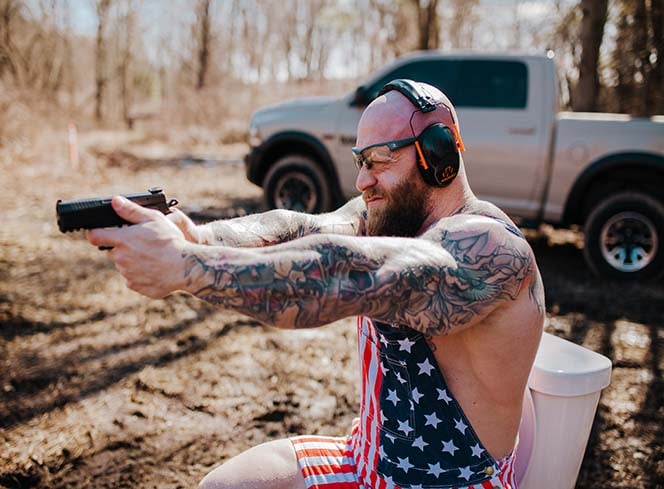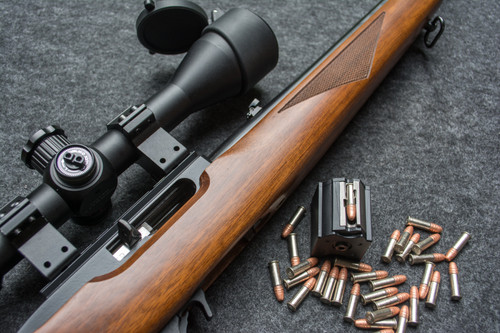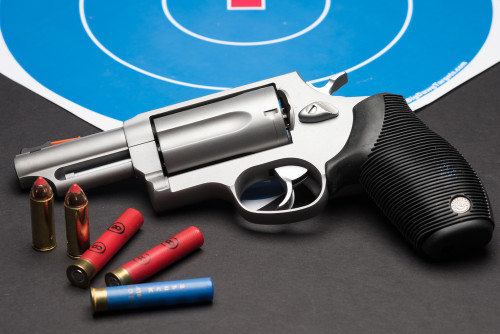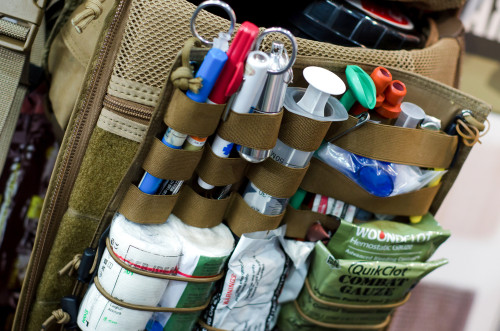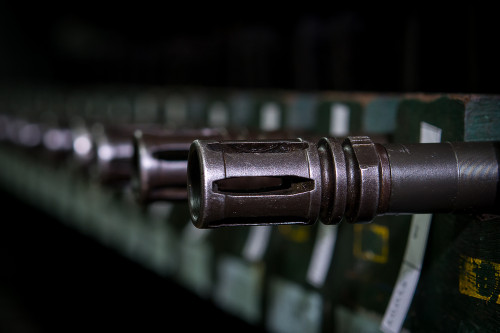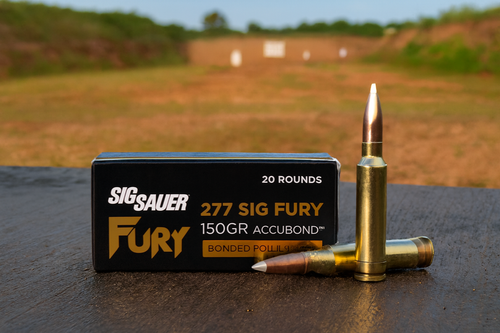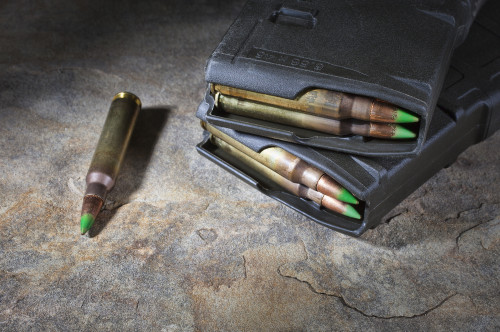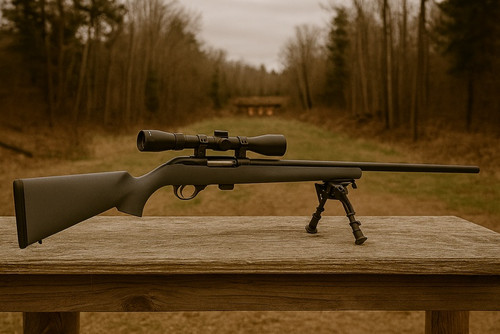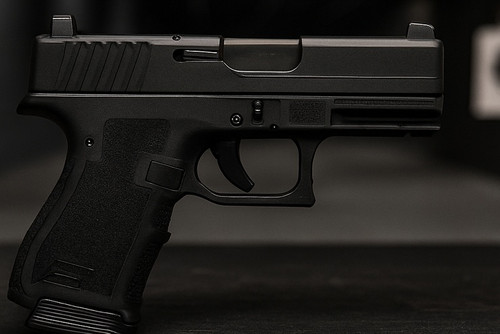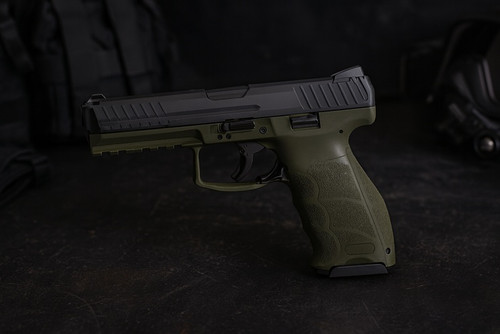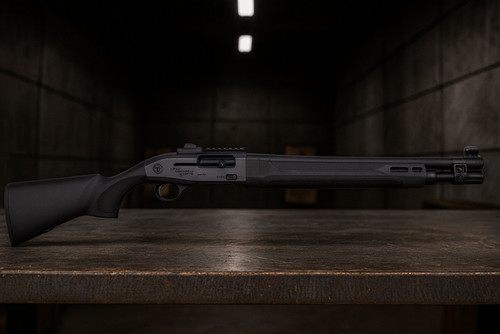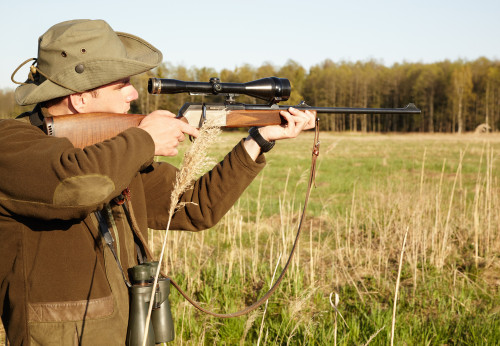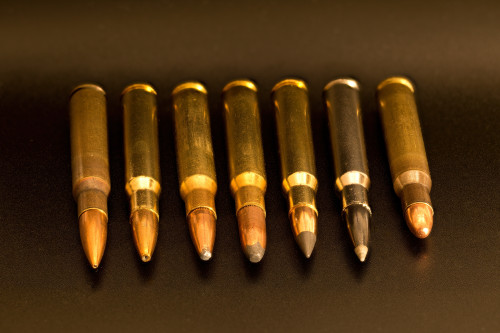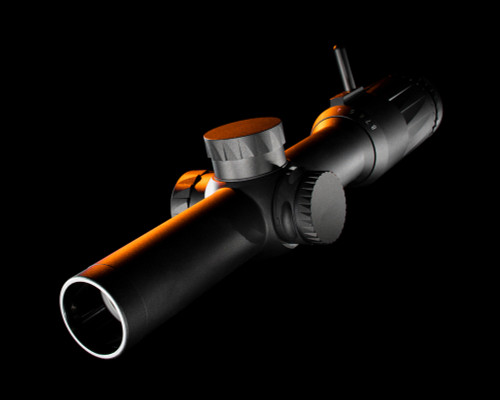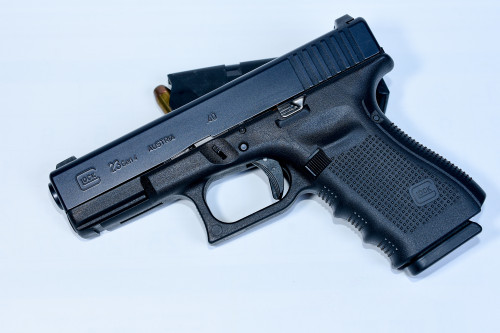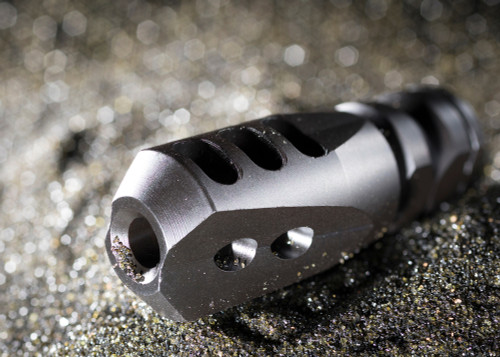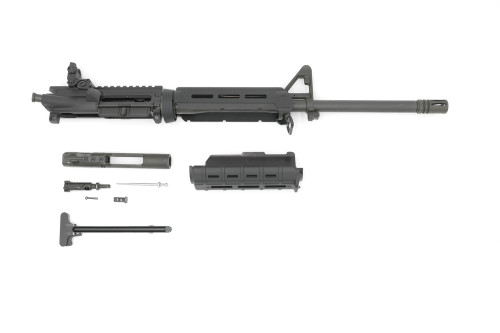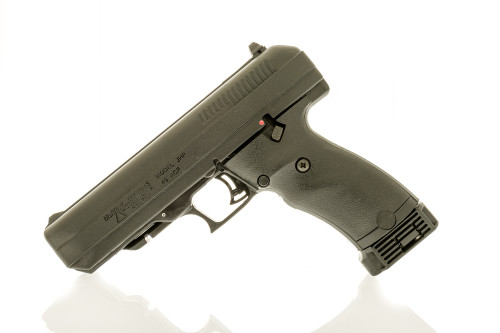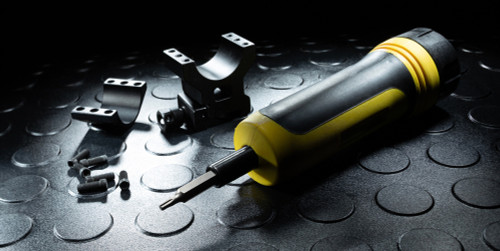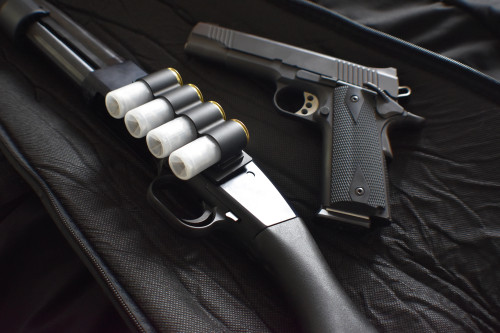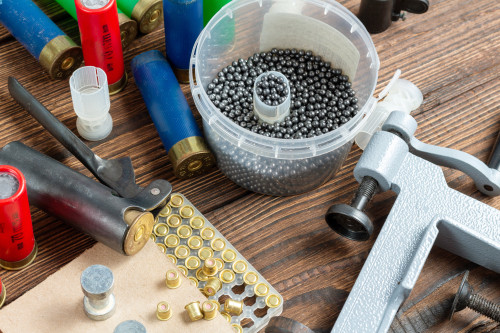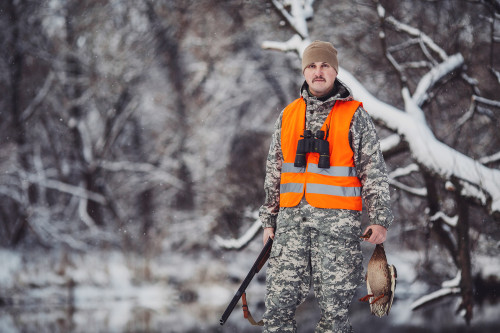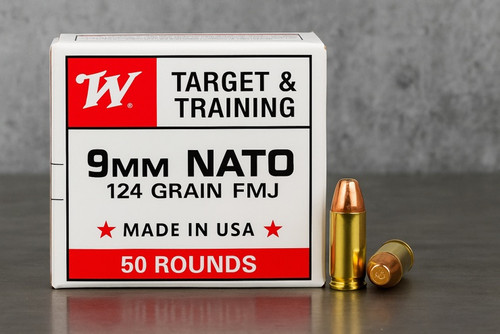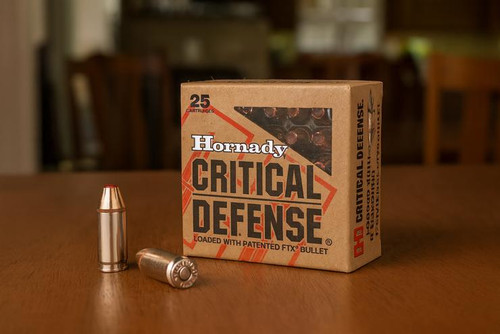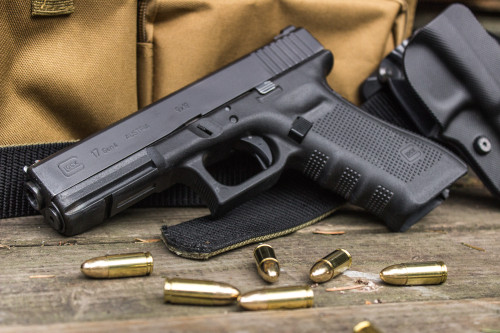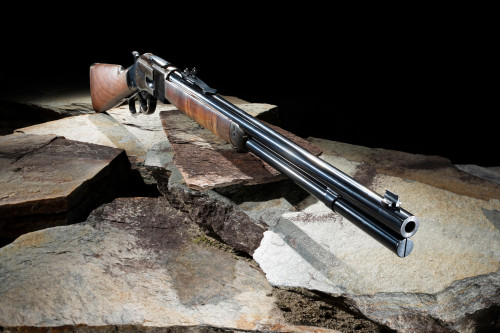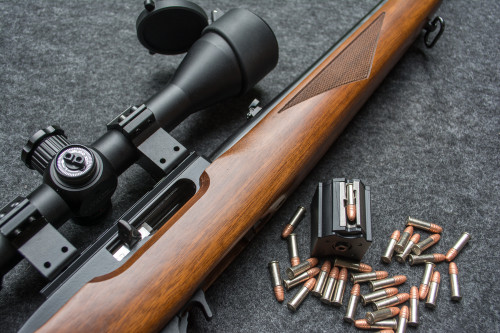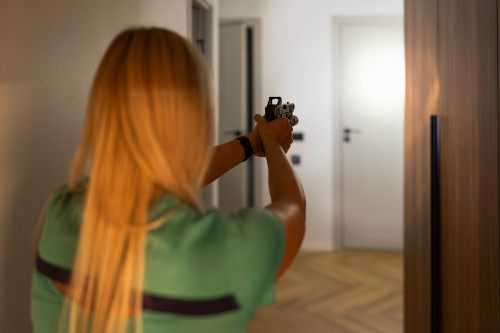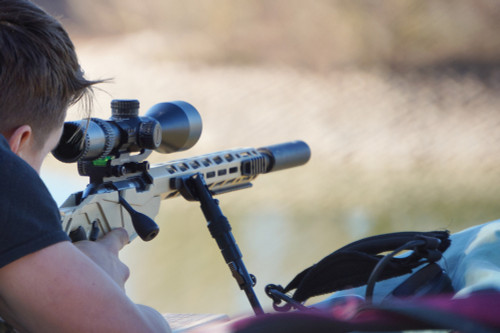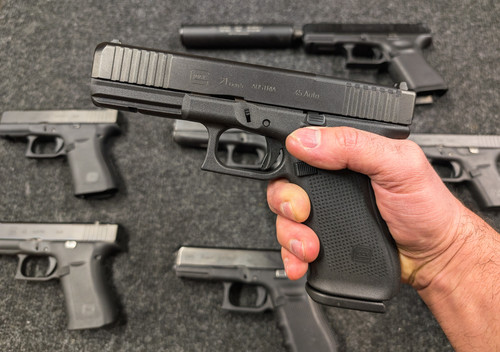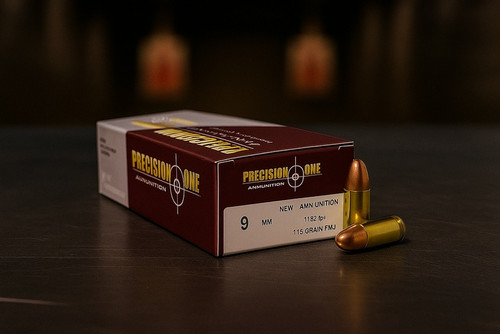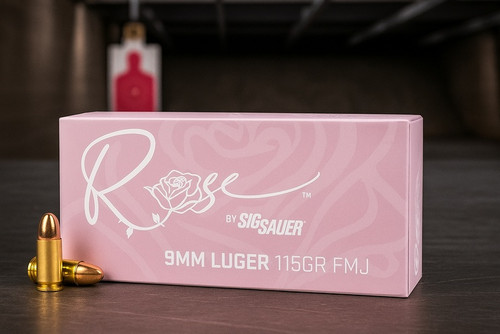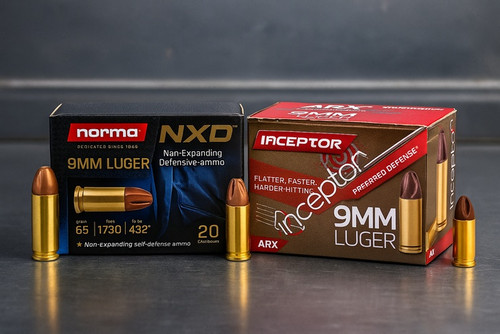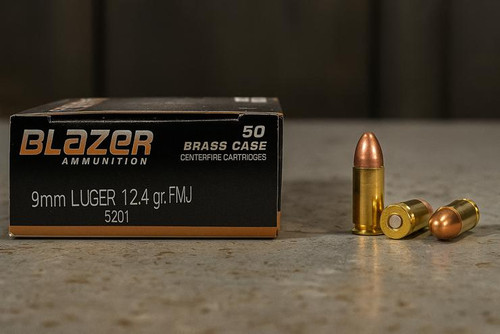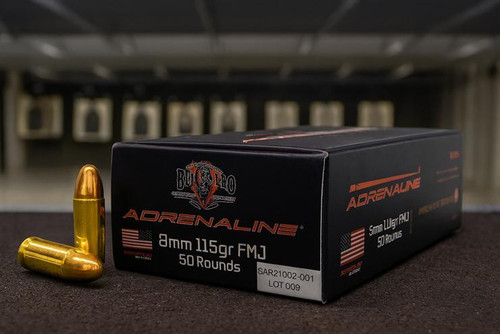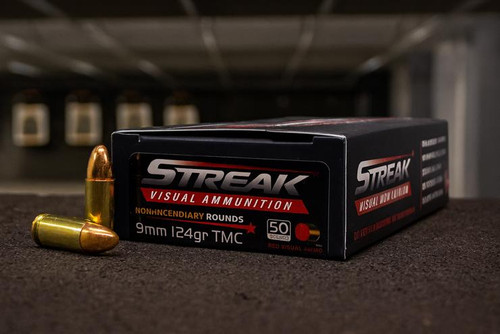Quick Answer
Appendix Inside-the-Waistband (AIWB) positions your pistol up front for fast access and strong concealment. It can enable concealing larger guns on smaller frames, but requires a purpose-built AIWB holster, a stiff belt, and disciplined safe reholstering. Comfort varies by body type and setup. With proper gear and training, AIWB can be as safe as other positions and is often faster to the first shot.
Key Takeaways
- Front carry = quick access and strong concealment.
- Needs a dedicated AIWB holster, stiff belt, and wedge/claw.
- Comfort depends on the gun, holster setup, and body shape.
- Safe reholstering is the critical risk moment.
- Practice: dry work first (unloaded), then live fire.
During a concealed-carry class, our instructor demoed strong-side vs. AIWB. Same shooter, same pistol—AIWB consistently shaved time to first shot. The difference? Clean garment clearance, full firing grip, and disciplined reholstering.. This practical demonstration co
Safety Myths, Debunked Up Front
The appendix carry position has generated plenty of debate in firearm circles. Let's tackle some myths head-on:
Myth: "AIWB guarantees a groin/femoral hit in an ND."
Reality: Negligent discharges can occur in any position; risk centers on reholstering errors. Proper lean-back posture, strict garment control, and trigger-finger discipline dramatically reduce risk. . As one well-known AIWB training analysis notes, "In both inside the waistband carry positions, the gun can potentially cross our body... Carrying a gun in the AIWB position is not negligent gun handling. That isn't opinion. To suggest that it is, is factually incorrect."
Myth: "AIWB is only for tiny guns."
Reality: Many carriers successfully conceal compact/full-size pistols AIWB by tuning ride height and using wedges/claws. . Even smaller-framed individuals can comfortably carry mid-sized firearms with proper setup — possible for many, though some will find it less comfortable without holster modifications (short torsos or a prominent midsection can make compact/full-size AIWB carry harder).
Myth: "AIWB is always faster."
Reality: Training drives speed; AIWB can be faster due to shorter hand path and garment-clear efficiency. But without practice, no carry position gives magical speed benefits.
Why So Many Choose AIWB (Benefits)
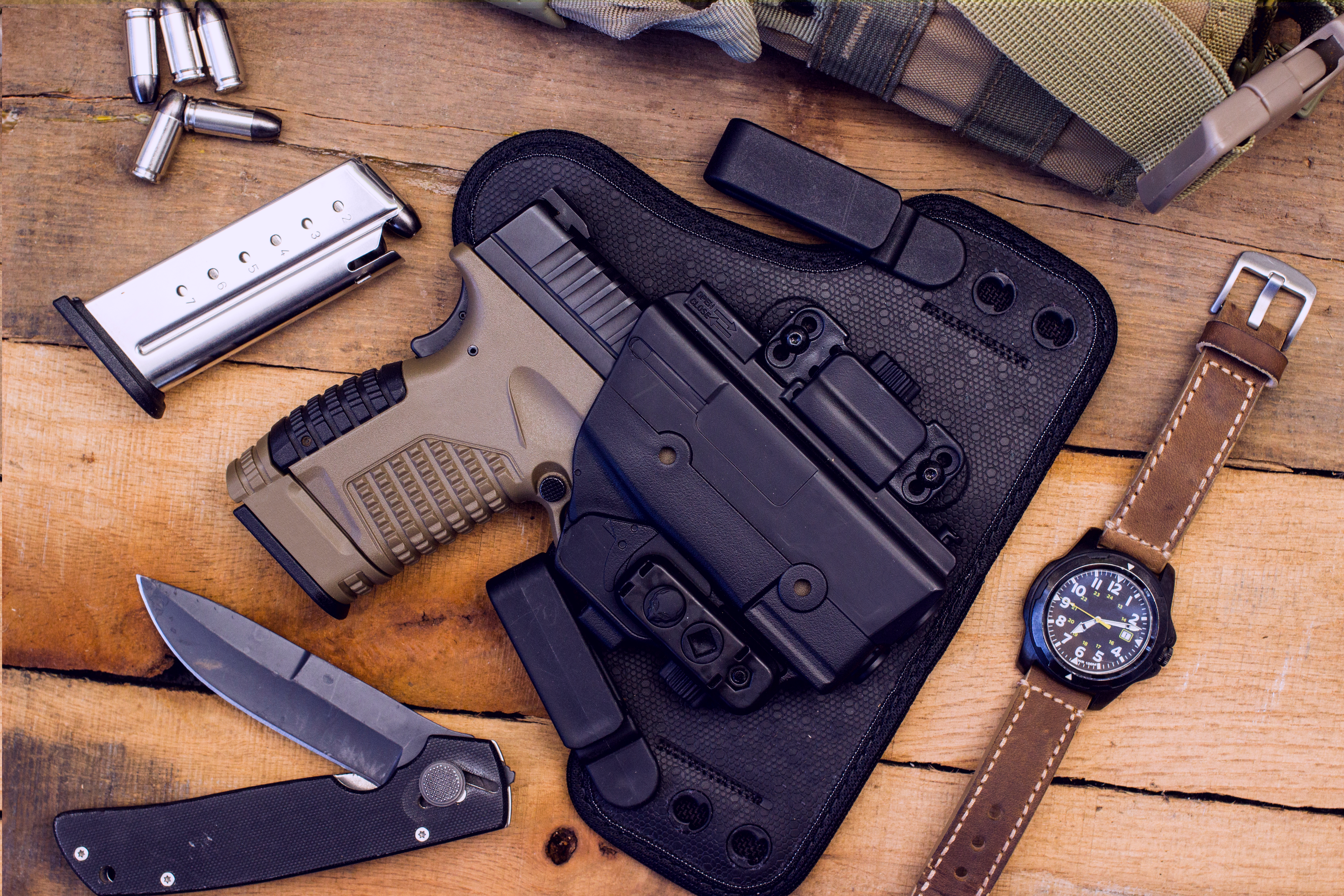
Appendix carry has gained popularity for good reasons:
Speed & Access: The gun sits right at the front where your hands naturally fall. This creates a shorter draw path compared to reaching behind your hip. Your support hand can clear garments more efficiently, and you can establish a full firing grip faster.
Concealment: The grip tucks against your body line better than at 3-4 o'clock positions. The holster sits in a natural front-of-hip hollow that helps conceal the grip. . Patterns and darker fabrics enhance this concealment effect.
Gun Size Flexibility: AIWB lets many people carry larger guns than they could at other positions. Many smaller-framed carriers report comfortably running Glock-19-size pistols AIWB with proper setup.
Mobility: Getting to your gun from seated positions (like in a car or restaurant booth) becomes much easier. You typically avoid twisting or lifting off the seat to access the firearm.
The Tradeoffs (Cons & Considerations)
No carry method comes without drawbacks. For AIWB, these include:
Comfort Curve: Many new AIWB carriers experience pressure points, especially when sitting. This often improves by tuning ride height, experimenting with wedge thickness/placement, and using neutral or slight-reverse cant.
Gear Specificity: You can't just repurpose a standard IWB holster. AIWB benefits from neutral cant, wedges, and claws designed for this position. As experts note, "To safely carry AIWB, you need a dedicated AIWB holster, meaning one designed explicitly for appendix carry."
Learning Curve: AIWB demands strict reholstering protocol and proper garment management. This isn't optional but it's mandatory for safety.
Body/Clothing Fit: Not every body type finds AIWB equally comfortable. Beltline real estate and torso shape can limit ideal placement, though innovations in holster design have made it accessible to more body types.
Cost Factor: Good AIWB holsters tend to cost more than basic IWB options. Plan to spend $75+ on quality gear that offers safety features and adjustability.
Shooting Illustrated notes that "much of the discomfort can be mitigated or eliminated entirely with good holster and belt selection" and emphasizes that "the most important part of successfully carrying at the appendix position is holster selection."
What Is AIWB? (Definition & Placement)
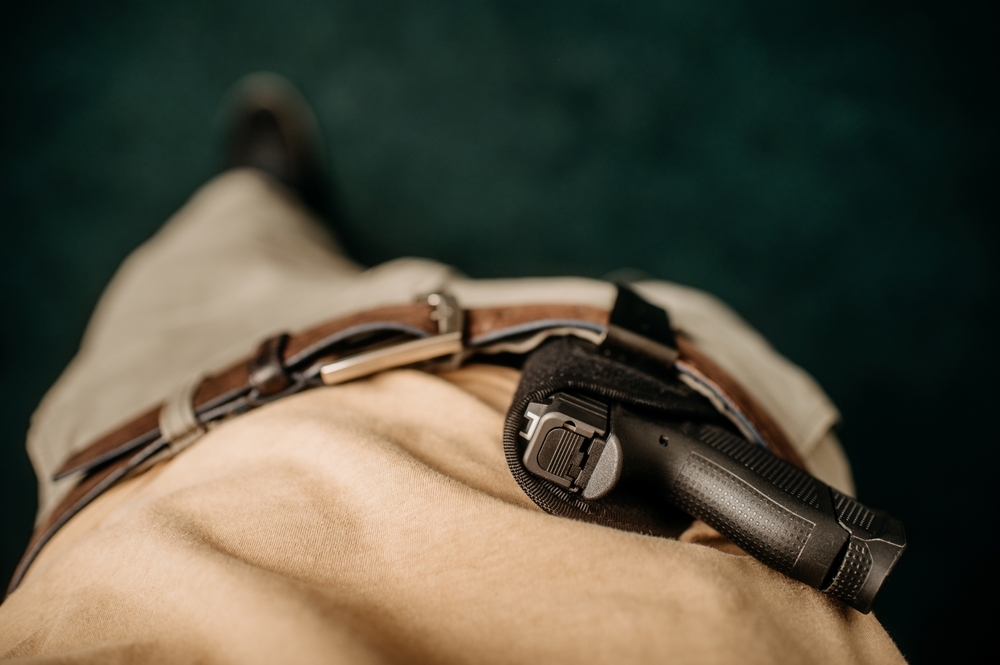
Appendix carry places your handgun at the front of your body near - you guessed it - your appendix. For right-handed carriers, this means approximately the 12:30-2:00 position on your waistline. Left-handed carriers mirror this on the opposite side.
Key aspects of AIWB positioning include:
Holster Traits: Look for neutral cant (vertical orientation), rigid mouth for safe reholstering, and adjustable ride height. Compatibility with a wedge (body-side pad) and claw/wing (rotates grip inward) makes a huge difference in comfort and concealment.
Belt Requirements: AIWB needs a rigid, supportive belt that won't sag or collapse. Micro-adjustable ratcheting designs help fine-tune pressure and concealment without bulk.
Ride Height: The optimal position allows a full firing grip when the gun is holstered. Too high, and your draw becomes awkward; too low, and concealment suffers.
Recent research examining concealed-carry laws has explored how permit policies may affect public safety, but findings are mixed across studies. One peer-reviewed analysis reported a “9.5% increase in rates of assault with a firearm during the first 10 years after [shall-issue] law adoption,” while other studies find smaller or no effects depending on methods and states examined. This highlights the importance of responsible carry practices regardless of method.
Gear Setup & Fit (Holster, Wedge, Claw, Belt)
Getting your AIWB setup dialed in makes all the difference in comfort and concealment:
Holster: Choose a purpose-built AIWB with secure retention and closed-mouth construction. The holster should cover the trigger guard completely and maintain its shape for reholstering.
Wedge: This small foam or rubber pad on the holster's body side pushes the muzzle out slightly, rotating the grip inward. You can buy commercial options or DIY with foam or even a Dr. Scholl's heel insert and some velcro.
Claw/Wing: This attachment uses belt pressure to lever the grip closer to your body. The Dark Star Gear Dark Wing fits many holsters and creates excellent rotation.
Ride Height & Cant: Set these to achieve a true firing grip on the draw. Experiment with adjustments to find your personal sweet spot.
Belt & Buckle Placement: Shift your buckle off-center (toward 9 or 3 o'clock) to reduce bulk at the 12 o'clock position. This creates a smoother profile and adds comfort when sitting.
Dress & Discretion (Concealment Tips)
Dressing for AIWB success requires some thoughtful choices:
Shirt Length: Choose slightly longer shirts that won't ride up with movement. Test by raising your arms and twisting to ensure no "printing" or exposure.
Patterns & Colors: Patterned shirts break up the outline of a gun magnificently. Florals, plaids, and busy designs hide printing better than solid colors. Darker fabrics also conceal shadows better.
Fabric Weight: Very light, clingy fabrics reveal more. Opt for medium-weight materials with some structure when possible.
Movement Checks: Before heading out, do a quick series of movement tests: arms overhead, twisting left and right, sitting down and standing up. Verify no flashing or persistent printing happens.
Layering: Light overshirts, vests, or jackets can add concealment without overheating.
Accessories: Chunky jewelry or eye-catching details draw attention away from your beltline. This works especially well for women carrying AIWB.
Safe AIWB Reholstering
Safe reholstering is absolutely critical with AIWB. Follow these steps every time:
- Clear Garment: Use your support hand to lift and hold fabric high and away from the holster. Don't let shirttails drape near the holster mouth.
- Posture Adjustment: Step back slightly with one foot and lean your hips back. This creates a safer angle by moving your body away from the muzzle direction.
- Index & Look: Keep your trigger finger high on the frame (not near the trigger). Visually confirm the holster path is clear and unobstructed.
- Slow Insertion: Ease the pistol straight down into the holster. Never force past resistance – if you feel resistance, stop and check what's causing it.
- Safety Management: Striker-fired pistols (e.g., Glocks) are widely used for AIWB and are safe when paired with a rigid holster that fully covers the trigger guard and good technique. Engage the manual safety if your pistol has one and it’s part of your normal training. For hammer-fired pistols, placing your thumb over the hammer while reholstering is an optional tactile check to detect any rearward movement—not a claim that DA/SA is inherently safer. Reholster slowly, clear clothing from the mouth of the holster, and never force the gun in if you feel resistance.
- Complete the Process: Only release your garment after the pistol is fully seated and secure in the holster.
The NRA Family resource emphasizes the importance of proper draw technique: "When you draw your firearm from [the appendix] position, you have to watch out for your own anatomy... learn the three-step AIWB draw process" for maximum safety.
Training Plan: From Dry Practice to Live Fire
Building AIWB skills requires progressive training:
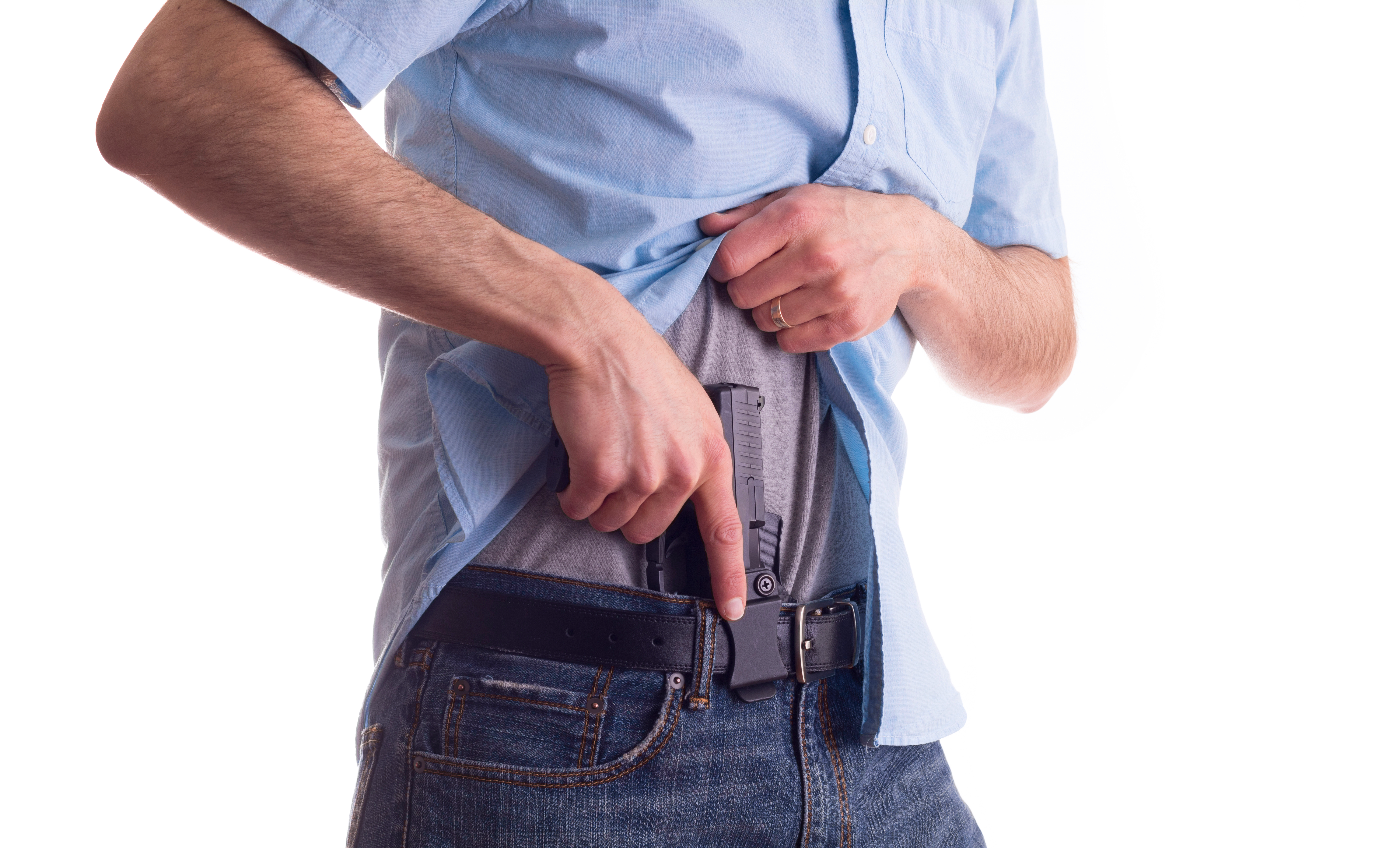
Start Dry: Begin with an unloaded gun and daily 5-10 minute dry fire sessions. Focus on garment clearance, establishing a full firing grip, smooth press-out, and most importantly disciplined reholstering.
Add Reps: Gradually increase repetitions to build muscle memory. Pay attention to details like trigger finger placement and garment control.
Live Fire Progression: When moving to the range, start with single-shot presentations. Focus on safe, clean mechanics before adding multiple shots or speed work.
Class Time Value: Seek instructors experienced in AIWB technique. They'll spot issues in your technique that self-training might miss, especially safety-critical elements.
Consistency Matters: Even 5 minutes of dry practice daily beats an hour once a month. Build the habit for best results.
Research examining defensive gun use patterns in metropolitan areas found that "the prevalence of self-defensive gun use in this sample was not clearly related to the passage of permissive gun carrying laws," suggesting that training and situational awareness may matter more than carry method or permitting for successful defensive outcomes.
Comparison Table: AIWB vs. Strong-Side
| Factor | AIWB (Appendix) | Strong-Side IWB/OWB |
|---|---|---|
| Access when seated | Often easier | Often harder |
| Concealment of grip | Excellent with claw/wedge | Good; may print when bending |
| Draw speed potential | High with practice | High with practice |
| Comfort learning curve | Moderate–High | Low–Moderate |
| Gear specificity | Purpose-built AIWB needed | Broader holster choices |
Who Thrives with AIWB (and Who Might Not)
AIWB works exceptionally well for:
- Carriers who need quick access from seated positions (drivers, office workers)
- Smaller-framed individuals seeking to conceal larger guns
- Those who prioritize draw speed and retention in dynamic situations
- People who move frequently between sitting and standing
AIWB might require more testing and adjustment for:
- Very short torsos where bending/sitting creates discomfort
- Individuals with prominent midsections (though often solvable with the right holster)
- Those with sensitive beltlines or healing abdominal injuries
Regarding firearms, these features pair well with AIWB:
- Consistent trigger systems that promote confidence in carry
- Manual safeties (if preferred for peace of mind)
- DA/SA actions that add a mechanical safety layer during reholstering
Conclusion
Appendix carry continues to grow in popularity because it solves real problems for many concealed carriers. When implemented with proper gear, training, and safety protocols, AIWB offers advantages in speed, concealment, and accessibility that many find worth the learning curve.
Remember: No carry method is perfect for everyone. Your body shape, daily activities, clothing preferences, and comfort needs should drive your choice. AIWB might be trendy, but only adopt it if it truly works for your situation.
Follow all local, state, and federal laws regarding concealed carry. This article provides information only, not legal advice. Practice safely with unloaded firearms during dry work, and seek professional training before implementing any new carry method.
Choosing the right holster is critical for comfort, retention, and draw speed. We tested many AIWB holsters in our Best Appendix Holsters for Concealed Carry (AIWB Buyers) roundup — use it as a reference when picking your carry setup.
Frequently Asked Questions (FAQ)
Is AIWB safe?
With strict trigger discipline and proper reholstering technique—yes, it's comparable to other positions. The key safety moment is reholstering, where proper technique prevents issues.
Do I need a special holster?
Yes. Choose a purpose-built AIWB with wedge/claw compatibility. Standard IWB holsters lack the features needed for safe, comfortable AIWB.
Is AIWB faster?
Often, but only with practice and clean garment clearance. The positioning creates potential for faster access, but training matters more than position.
What about printing?
Patterns, longer hems, and claw/wedge tuning significantly reduce grip outline. With proper setup, printing becomes minimal.
Can I carry a compact/full-size?
Many people do it successfully. Geometry, belt tension, and holster features (wedge/claw) are key to making larger guns work.
Is AIWB comfortable when sitting?
It can be with the right setup. Ride height adjustment, wedge thickness, and holster positioning all affect sitting comfort.
About the Author
This article was written by the ProArmory writing team based on current research, including studies from reputable sources like the Journal of Military Science, Firearms News, and the National Shooting Sports Foundation. We also referenced trusted information from official defense publications and respected firearm authorities such as the ATF, NRA, and manufacturer manuals.
Disclaimer: The information provided in this article is for educational purposes only and does not constitute legal advice. Laws regarding concealed carry vary by state and locality. Always check your local laws and seek professional training before adopting any carry method.




 Pro Armory Editorial Team
Pro Armory Editorial Team